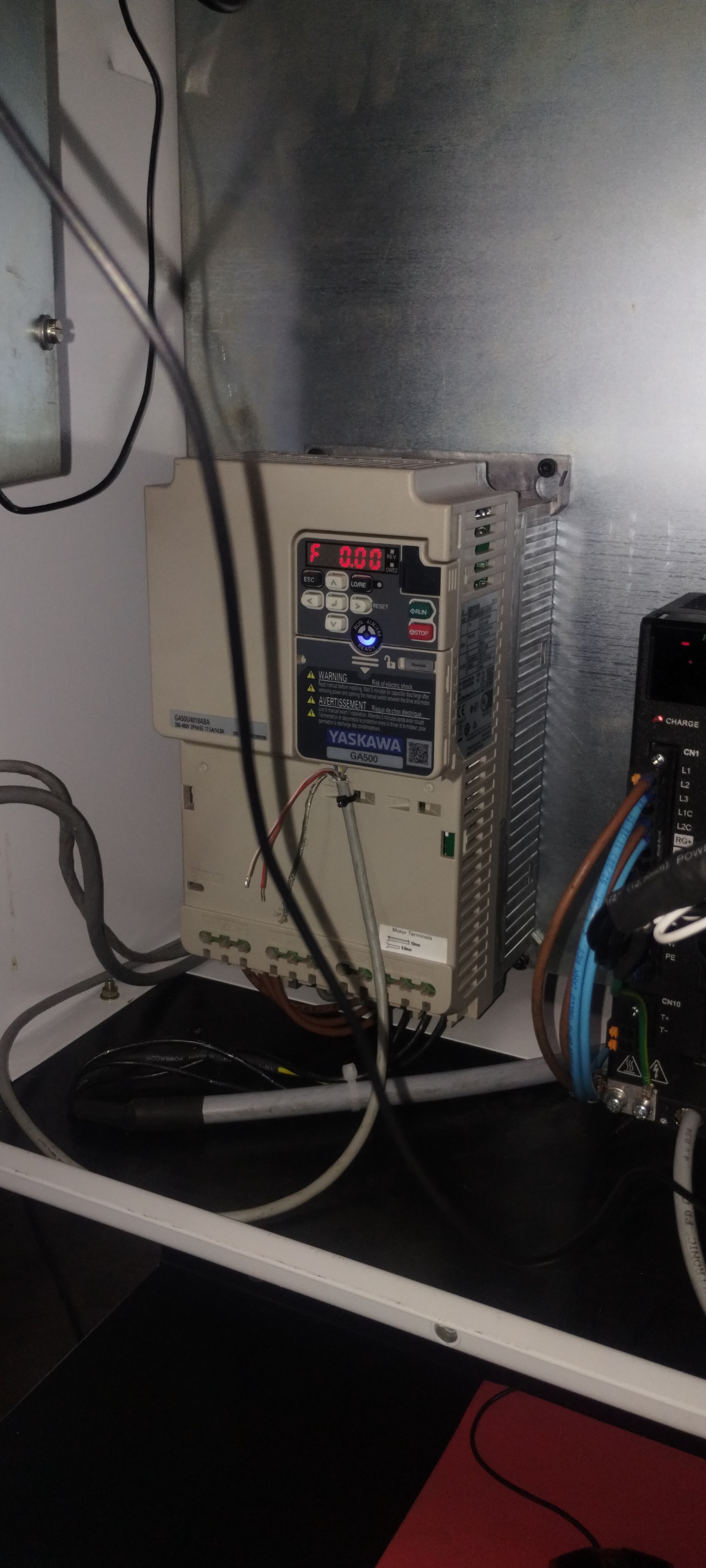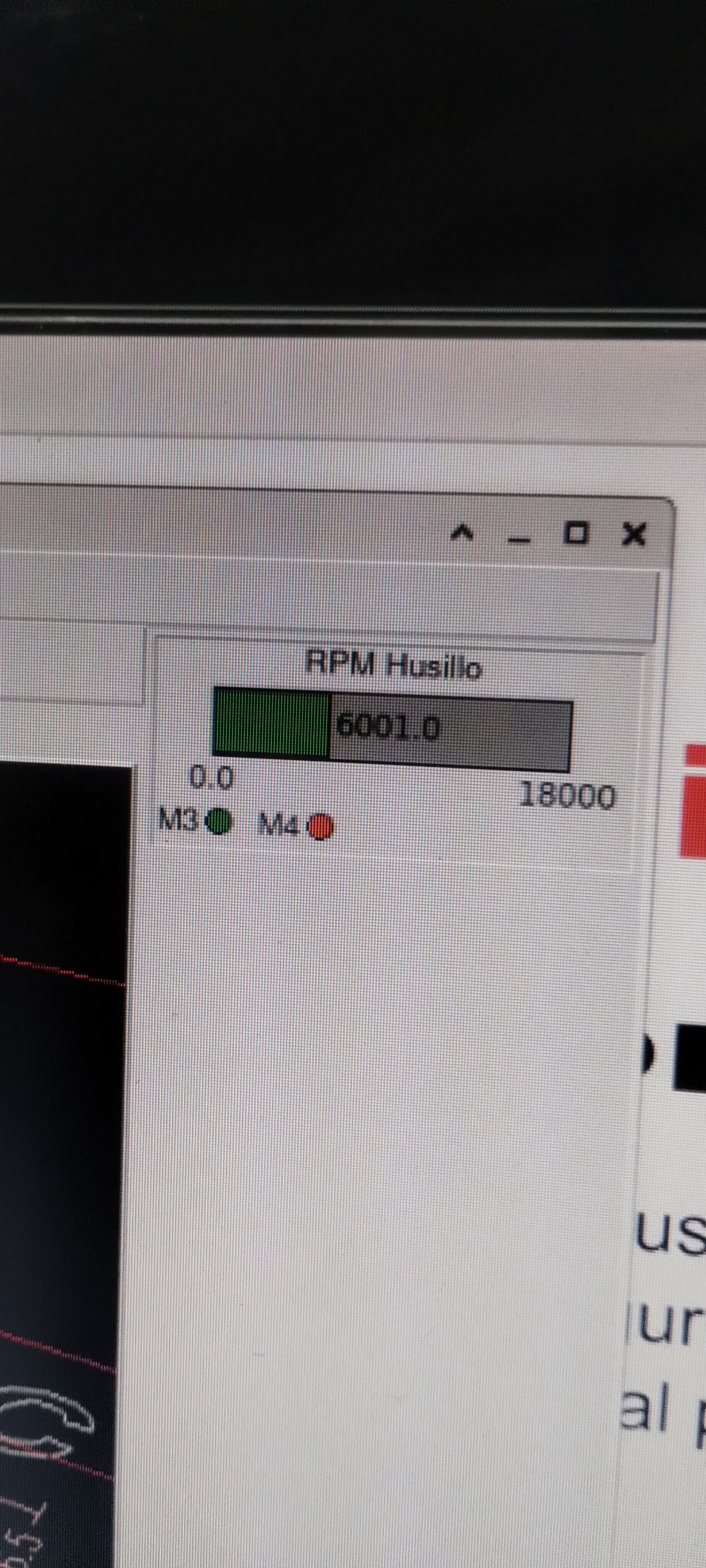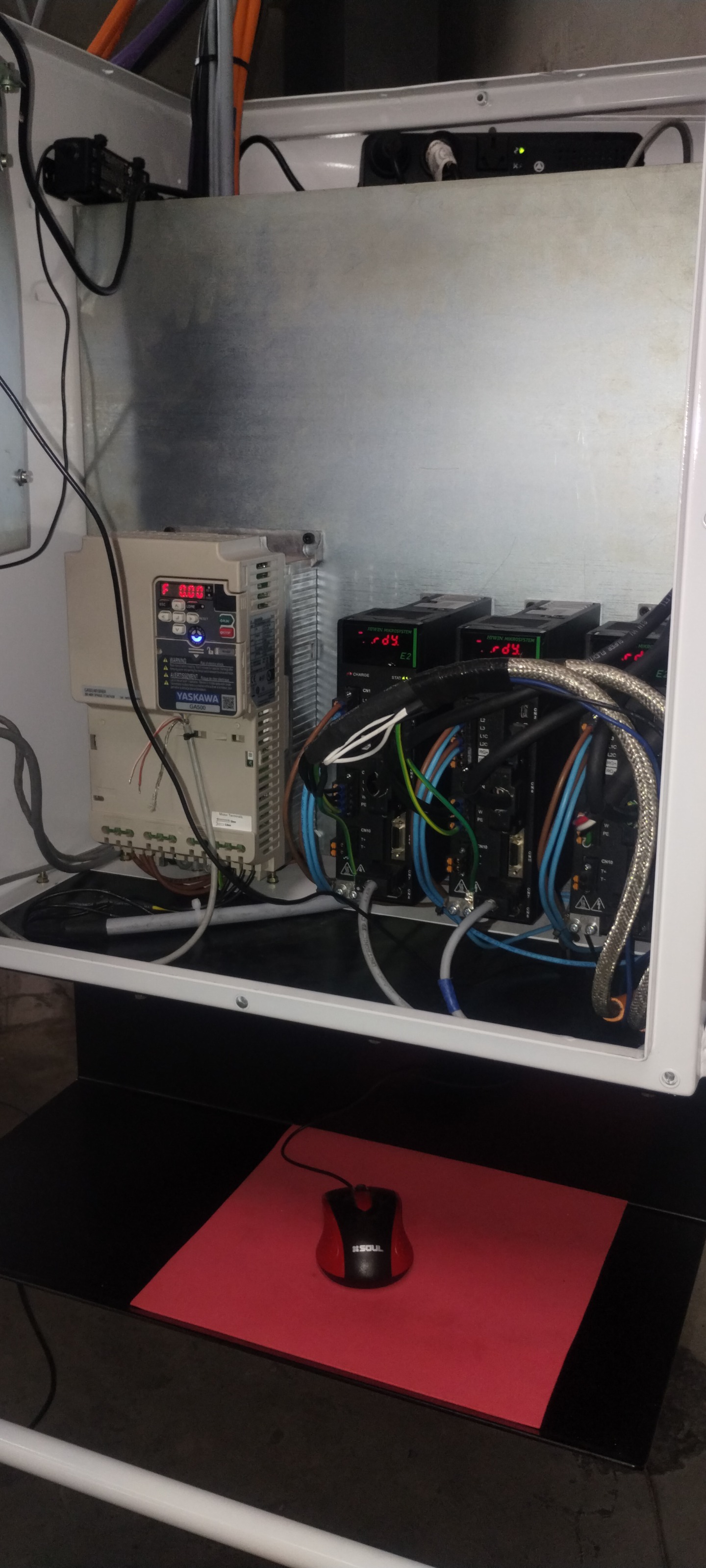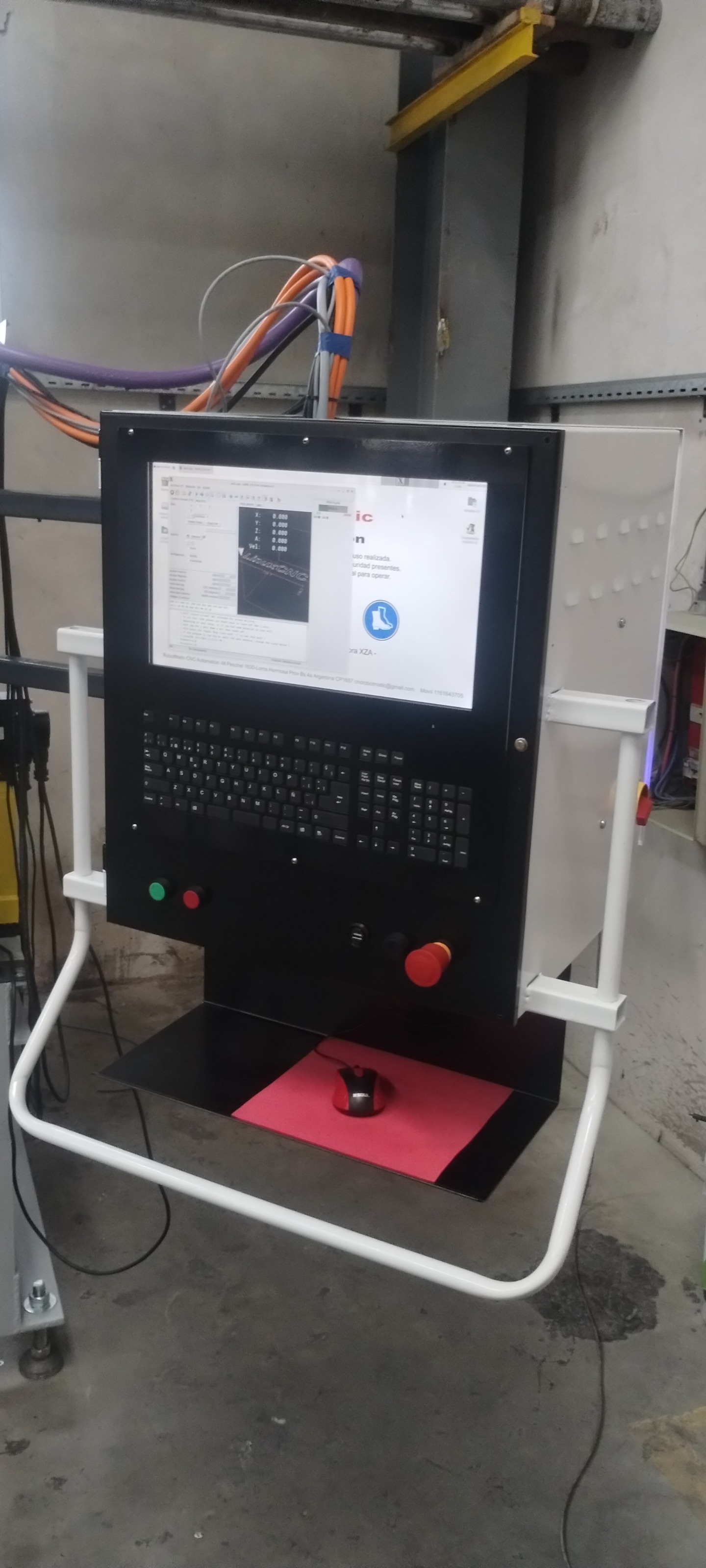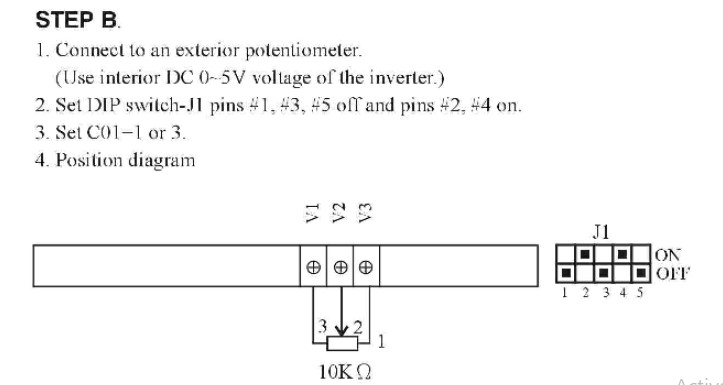Search Results (Searched for: 7i76e)
- RobotMatic

20 Sep 2025 12:00
Replied by RobotMatic on topic 7i76E Spindle configuration
7i76E Spindle configuration
Category: PnCConf Wizard
- PCW

20 Sep 2025 01:03
Replied by PCW on topic 7i76E Spindle configuration
7i76E Spindle configuration
Category: PnCConf Wizard
- RobotMatic

20 Sep 2025 00:18
Replied by RobotMatic on topic 7i76E Spindle configuration
7i76E Spindle configuration
Category: PnCConf Wizard
- RobotMatic

19 Sep 2025 12:30
Replied by RobotMatic on topic 7i76E Spindle configuration
7i76E Spindle configuration
Category: PnCConf Wizard
- tommylight
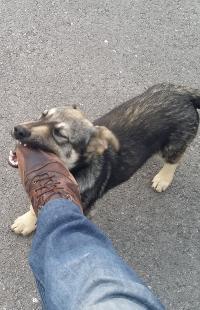
19 Sep 2025 00:55
Replied by tommylight on topic 7i76E Spindle configuration
7i76E Spindle configuration
Category: PnCConf Wizard
- RobotMatic

19 Sep 2025 00:24 - 19 Sep 2025 00:32
Replied by RobotMatic on topic 7i76E Spindle configuration
7i76E Spindle configuration
Category: PnCConf Wizard
- RobotMatic

18 Sep 2025 22:54
Replied by RobotMatic on topic 7i76E Spindle configuration
7i76E Spindle configuration
Category: PnCConf Wizard
- RobotMatic

18 Sep 2025 22:36
Replied by RobotMatic on topic 7i76E Spindle configuration
7i76E Spindle configuration
Category: PnCConf Wizard
- PCW

18 Sep 2025 22:12
Replied by PCW on topic 7i76E Spindle configuration
7i76E Spindle configuration
Category: PnCConf Wizard
- unknown
- unknown
18 Sep 2025 21:41
Replied by unknown on topic 7i76E Spindle configuration
7i76E Spindle configuration
Category: PnCConf Wizard
- tommylight

18 Sep 2025 21:20
Replied by tommylight on topic 7i76E Spindle configuration
7i76E Spindle configuration
Category: PnCConf Wizard
- RobotMatic

18 Sep 2025 20:45
Replied by RobotMatic on topic 7i76E Spindle configuration
7i76E Spindle configuration
Category: PnCConf Wizard
- unknown
- unknown
18 Sep 2025 19:02
Replied by unknown on topic 7i76E Spindle configuration
7i76E Spindle configuration
Category: PnCConf Wizard
- RobotMatic

18 Sep 2025 17:51 - 18 Sep 2025 17:52
Replied by RobotMatic on topic 7i76E Spindle configuration
7i76E Spindle configuration
Category: PnCConf Wizard
- RobotMatic

18 Sep 2025 17:44 - 18 Sep 2025 17:50
Replied by RobotMatic on topic 7i76E Spindle configuration
7i76E Spindle configuration
Category: PnCConf Wizard
Time to create page: 0.472 seconds

